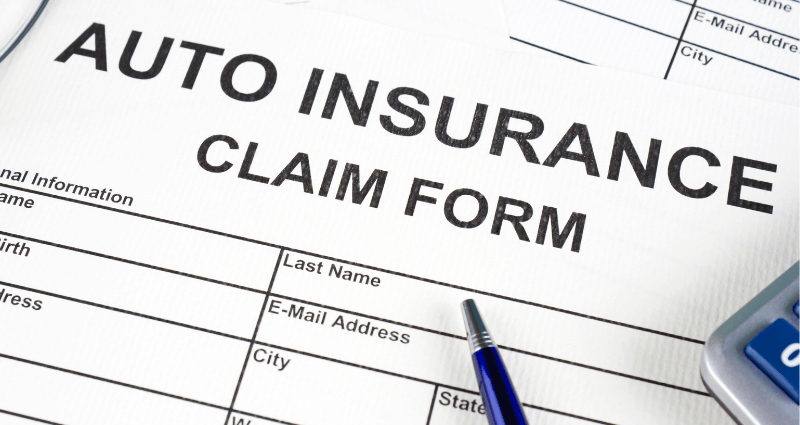
Pennsylvania is one of a handful of states that has a “no-fault” system in place for car accidents. However, PA’s no-fault system is a bit more confusing than other states.
Our car accident lawyers have extensive experience dealing with insurance companies, car accident law in Pennsylvania, and achieving successful car accident verdicts and settlements.
That’s why in this article, we will explain how Pennsylvania’s no-fault system is different than other states. We also cover the legal consequences of choosing Full Tort vs Limited Tort coverage after a car accident. Lastly, we discuss what this means for car accident property damage.
Let’s get to it.
PA’s No Fault System: Full Tort vs Limited Tort Explained
In Pennsylvania, our no-fault system means that regardless of who caused an accident, each party will file a claim with their own insurer. Their personal injury protection coverage will cover certain expenses.
However, in Pennsylvania, the law allows people to opt-out of the no-fault system.
Here’s what that means.
Pennsylvania drivers have the option to “opt out” by purchasing full tort insurance. Full tort insurance usually costs more than no-fault minimum coverage.
But, why would you choose full tort if it’s more expensive? To get more rights in the event of a serious car accident.
Let’s explain.
Full Tort Insurance Option and Car Accident Compensation
If you went with full tort insurance, you have more rights when it comes to recovering compensation in the aftermath of an accident. With this insurance, you can recover coverage for:
- All medical expenses related to the crash
- Lost income and benefits if you are unable to work
- Other out-of-pocket expenses
- Non-economic damages like pain and suffering (even if the injuries are not considered serious under the law)
No-Fault Minimum Coverage (“Limited Tort”) Limits Your Rights to Compensation
So, what does this all mean for a no fault insurance claim? If you went with the no-fault insurance minimums, you have the following coverage:
- $15,000 for bodily injury liability per injured person (if you were at fault)
- $30,000 total bodily injury liability per accident (if you were at fault)
- $5,000 property damage protection (if you were at fault)
- $5,000 in medical benefits coverage for your medical bills (or anyone else covered under your policy) regardless of who was at fault
By choosing the no-fault, or limited tort, coverage, you are giving up a significant amount of rights.
For example:
If you’re in a car accident when another driver is at fault, you can receive compensation and medical care for medical treatment and other out-of-pocket expenses, but not for non-economic losses like pain and suffering damages.
The only way to start the personal injury claim process after choosing no-fault insurance, is if you sustain “serious” car accident injuries under Pennsylvania law. This can include injuries that impair bodily function or result in serious or permanent disfigurement.
What About Property Damage?

At SMT Legal, we are ready to answer your legal question regarding Pennsylvania auto insurance claim laws.
If you were injured in a car accident, contact us the experienced Pittsburgh car accident lawyers today for a free consultation.

